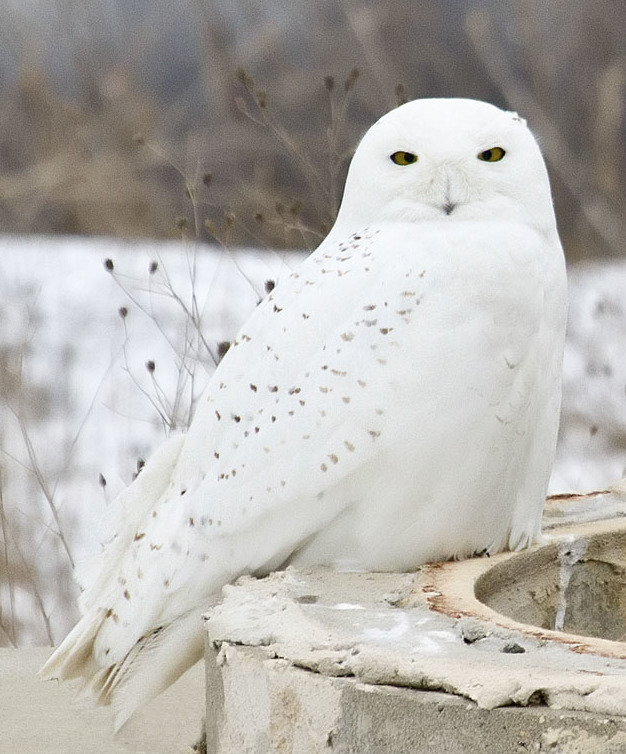Distractive Markings on:
[Wikipedia]
[Google]
[Amazon]
 Distractive markings serve to
Distractive markings serve to
 Many prey animals have conspicuous high-contrast markings which paradoxically attract the predator's gaze, like other camouflage mechanisms, especially masquerade, working by exploiting weaknesses in the predator's cognitive mechanisms to delay detection or recognition of the prey. These distractive markings serve as camouflage by distracting the predator's attention from recognising the prey as a whole, for example by keeping the predator from identifying the prey's outline. Experimentally, search times for
Many prey animals have conspicuous high-contrast markings which paradoxically attract the predator's gaze, like other camouflage mechanisms, especially masquerade, working by exploiting weaknesses in the predator's cognitive mechanisms to delay detection or recognition of the prey. These distractive markings serve as camouflage by distracting the predator's attention from recognising the prey as a whole, for example by keeping the predator from identifying the prey's outline. Experimentally, search times for
 Distractive markings serve to
Distractive markings serve to camouflage
Camouflage is the use of any combination of materials, coloration, or illumination for concealment, either by making animals or objects hard to see, or by disguising them as something else. Examples include the leopard's spotted coat, the b ...
animals or military vehicles by drawing the observer's attention away from the object as a whole, such as noticing its outline. This delays recognition. The markings necessarily have high contrast and are thus in themselves conspicuous. The mechanism therefore relies, as does camouflage as a whole, on deceiving the cognition of the observer, not in blending with the background.
Distractive markings were first noticed by the American artist Abbott Handerson Thayer
Abbott Handerson Thayer (August 12, 1849May 29, 1921) was an American artist, naturalist and teacher. As a painter of portraits, figures, animals and landscapes, he enjoyed a certain prominence during his lifetime, and his paintings are represen ...
in 1909, but the mechanism was for a century confused with disruptive coloration
Disruptive coloration (also known as disruptive camouflage or disruptive patterning) is a form of camouflage that works by breaking up the outlines of an animal, soldier or military vehicle with a strongly contrasting pattern. It is often comb ...
, another mechanism for delaying recognition that also relies on conspicuous markings. Distractive markings however need to be small and to avoid outlines, to avoid drawing attention to them, whereas disruptive markings work best when they touch the outline, breaking it up.
Distractive camouflage marks are sometimes called dazzle markings, but the mechanism differs from motion dazzle.
History
The American artistAbbott Handerson Thayer
Abbott Handerson Thayer (August 12, 1849May 29, 1921) was an American artist, naturalist and teacher. As a painter of portraits, figures, animals and landscapes, he enjoyed a certain prominence during his lifetime, and his paintings are represen ...
described distractive markings in his 1909 book on camouflage, ''Concealing-Coloration in the Animal Kingdom
''Concealing-Coloration in the Animal Kingdom: An Exposition of the Laws of Disguise Through Color and Pattern; Being a Summary of Abbott H. Thayer’s Discoveries'' is a book published ostensibly by Gerald H. Thayer in 1909, and revised in 191 ...
''. Thayer wrote that
Mechanism
blue tit
The Eurasian blue tit (''Cyanistes caeruleus'') is a small passerine bird in the tit family, Paridae. It is easily recognisable by its blue and yellow plumage and small size.
Eurasian blue tits, usually resident and non-migratory birds, ar ...
s increased when artificial prey had distractive markings. The researchers, M. Dimitrova and colleagues, note that Thayer's suggestion that such marks take up the predator's attention is plausible, since visual attention is limited, and stimuli effectively compete for attention. They note, too, that bright features are preferentially given attention in human vision, so it is possible the same happens in other species. Another possible explanation according to Dimitrova is lateral masking, suppression of peripheral perception; this is known to be strong, again in human perception, when a (single) high-contrast stimulus is provided, but it is doubtful whether a pattern containing small distractive markings could form such a stimulus.
There is an apparent conflict between background matching and disruptive markings. Background matching relies on choosing coloration and brightness similar to the background, but disruptive markings must stand out from the background. Dimitrova and colleagues note that Thayer suggested that such markings must be small; this, they argue, would enable the markings to fit in with background matching at any great distance, and would prevent predators from learning a search image and then detecting prey with that type of marking.
Hugh Cott
Hugh Bamford Cott (6 July 1900 – 18 April 1987) was a British zoologist, an authority on both natural and military camouflage, and a scientific illustrator and photographer. Many of his field studies took place in Africa, where he was espec ...
, author of the 1940 ''Adaptive Coloration in Animals
''Adaptive Coloration in Animals'' is a 500-page textbook about camouflage, warning coloration and mimicry by the Cambridge zoologist Hugh Cott, first published during the Second World War in 1940; the book sold widely and made him famous.
The ...
'', followed by many other researchers, conflated distractive markings with disruptive coloration
Disruptive coloration (also known as disruptive camouflage or disruptive patterning) is a form of camouflage that works by breaking up the outlines of an animal, soldier or military vehicle with a strongly contrasting pattern. It is often comb ...
. Both mechanisms require conspicuous marks. However, the two mechanisms are different, and according to Dimitrova require different kinds of marking. For distraction, the markings should be small and should avoid the prey's outline so as to take attention away from it, whereas disruptive markings should contact the outline so as to break it up.
Distractive camouflage marks are sometimes called dazzle markings, but the mechanism differs from motion dazzle, which relies on conspicuous markings to interfere with an observer's ability to estimate the target's speed and direction.
References
{{Camouflage Camouflage